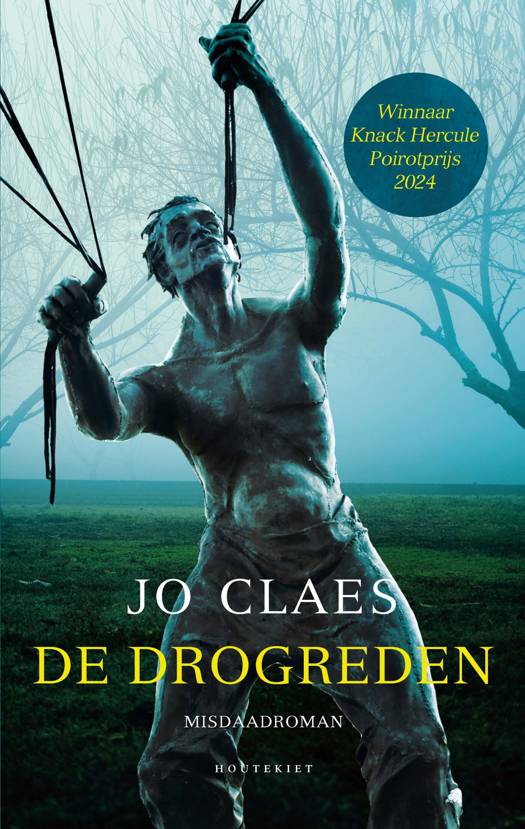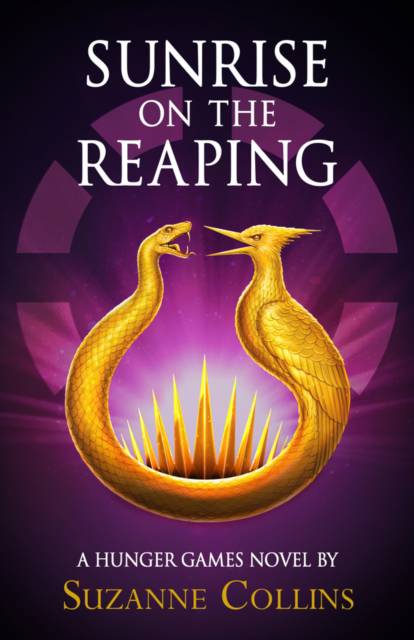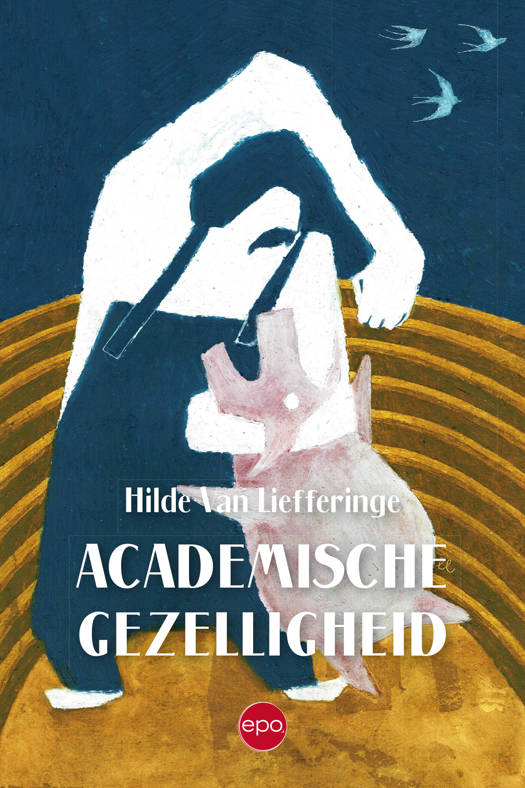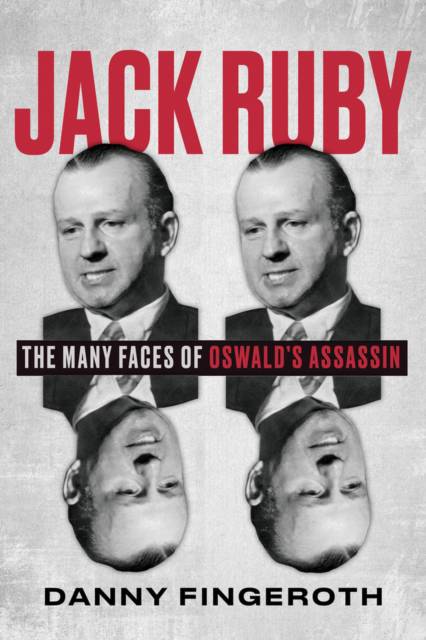
- Afhalen na 1 uur in een winkel met voorraad
- Gratis thuislevering in België vanaf € 30
- Ruim aanbod met 7 miljoen producten
- Afhalen na 1 uur in een winkel met voorraad
- Gratis thuislevering in België vanaf € 30
- Ruim aanbod met 7 miljoen producten
Zoeken
€ 41,95
+ 83 punten
Omschrijving
Jack Ruby changed history with one bold, violent action: killing accused presidential assassin Lee Harvey Oswald on live TV two days after the November 22, 1963, murder of President John F. Kennedy. But who was Jack Ruby--and how did he come to be in that spot on that day?
As we approach the sixtieth anniversaries of the murders of Kennedy and Oswald, Jack Ruby's motives are as maddeningly ambiguous today as they were the day that he pulled the trigger.
The fascinating yet frustrating thing about Ruby is that there is evidence to paint him as at least two different people. Much of his life story points to him as bumbling, vain, violent, and neurotic; a product of the grinding poverty of Chicago's Jewish ghetto; a man barely able to make a living or sustain a relationship with anyone besides his dogs.
By the same token, evidence exists of Jack Ruby as cagey and competent, perhaps not a mastermind, but a useful pawn of the Mob and of both the police and the FBI; someone capable of running numerous legal, illegal, and semi-legal enterprises, including smuggling arms and vehicles to both sides in the Cuban revolution; someone capable of acting as middleman in bribery schemes to have imprisoned Mob figures set free.
Cultural historian Danny Fingeroth's research includes a new, in-depth interview with Rabbi Hillel Silverman, the legendary Dallas clergyman who visited Ruby regularly in prison and who was witness to Ruby's descent into madness. Fingeroth also conducted interviews with Ruby family members and associates. The book's findings will catapult you into a trip through a house of historical mirrors.
At its end, perhaps Jack Ruby's assault on history will begin to make sense. And perhaps we will understand how Oswald's assassin led us to the world we live in today.
As we approach the sixtieth anniversaries of the murders of Kennedy and Oswald, Jack Ruby's motives are as maddeningly ambiguous today as they were the day that he pulled the trigger.
The fascinating yet frustrating thing about Ruby is that there is evidence to paint him as at least two different people. Much of his life story points to him as bumbling, vain, violent, and neurotic; a product of the grinding poverty of Chicago's Jewish ghetto; a man barely able to make a living or sustain a relationship with anyone besides his dogs.
By the same token, evidence exists of Jack Ruby as cagey and competent, perhaps not a mastermind, but a useful pawn of the Mob and of both the police and the FBI; someone capable of running numerous legal, illegal, and semi-legal enterprises, including smuggling arms and vehicles to both sides in the Cuban revolution; someone capable of acting as middleman in bribery schemes to have imprisoned Mob figures set free.
Cultural historian Danny Fingeroth's research includes a new, in-depth interview with Rabbi Hillel Silverman, the legendary Dallas clergyman who visited Ruby regularly in prison and who was witness to Ruby's descent into madness. Fingeroth also conducted interviews with Ruby family members and associates. The book's findings will catapult you into a trip through a house of historical mirrors.
At its end, perhaps Jack Ruby's assault on history will begin to make sense. And perhaps we will understand how Oswald's assassin led us to the world we live in today.
Specificaties
Betrokkenen
- Auteur(s):
- Uitgeverij:
Inhoud
- Aantal bladzijden:
- 352
- Taal:
- Engels
Eigenschappen
- Productcode (EAN):
- 9781641609128
- Verschijningsdatum:
- 21/11/2023
- Uitvoering:
- Hardcover
- Formaat:
- Genaaid
- Afmetingen:
- 161 mm x 235 mm
- Gewicht:
- 675 g
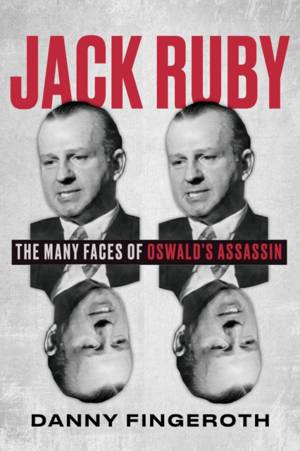
Alleen bij Standaard Boekhandel
+ 83 punten op je klantenkaart van Standaard Boekhandel
Beoordelingen
We publiceren alleen reviews die voldoen aan de voorwaarden voor reviews. Bekijk onze voorwaarden voor reviews.


